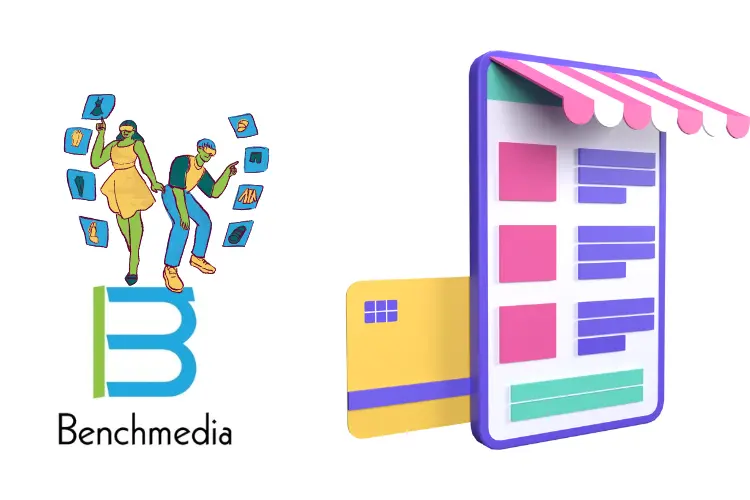Visual merchandising in retail ppt is a critical aspect of retailing, influencing consumer behavior and brand perception. Learn how to create effective PowerPoint presentations for visual merchandising, using high-quality images, storytelling, and consistent branding.
What is Visual Merchandising?
Visual merchandising is a crucial aspect of retailing, encompassing the strategic presentation of products to enhance their appeal and drive sales. It involves the use of creative displays, lighting, and layout to create an engaging shopping experience.
Importance of Visual Merchandising in Retail ppt
Visual merchandising plays a significant role in influencing consumer behavior and shaping their perception of a brand. It helps in creating a cohesive brand identity, attracting foot traffic, and maximizing sales opportunities.
Tips for Creating an Effective Visual Merchandising in retail ppt
– Start with a clear objective and target audience.
– Use high-quality images and graphics to showcase products.
– Incorporate storytelling to create an emotional connection.
– Keep the design simple and clutter-free.
– Use consistent branding elements throughout the presentation.
retail pricing strategies in visual merchandising in retail ppt
– Pricing is a crucial aspect of retail strategy, impacting sales, profitability, and customer perception, we’ll explore various pricing strategies and their implications for retailers.
– Retailers can choose from several pricing strategies, including:
– Cost-Plus Pricing
– Keystone Pricing
– Psychological Pricing
– Value-Based Pricing
– Competitive Pricing
– Dynamic Pricing
Cost-Plus Pricing
– Cost-Plus Pricing involves adding a markup to the cost of goods to determine the selling price.
– This strategy is straightforward and ensures that retailers cover their costs and make a profit.
– However, it may not consider market demand or competitors’ prices.
Keystone Pricing
– Keystone Pricing involves setting the selling price at double the wholesale cost.
– It’s a common strategy in retail, especially for smaller businesses.
– While simple, it may not reflect the true value of the product or consider market conditions.
Psychological Pricing and Value-Based Pricing
– Value-Based Pricing sets prices based on the perceived value of the product to the customer.
– It considers factors like quality, brand reputation, and customer benefits.
– This strategy can justify higher prices for premium products or services.
Competitive Pricing
– Competitive Pricing involves setting prices based on competitors’ prices.
– It’s essential to monitor competitors’ pricing strategies and adjust accordingly.
– This strategy can help retailers remain competitive but may lead to price wars.
Dynamic Pricing in
– Dynamic Pricing adjusts prices based on real-time market conditions, demand, and other factors.
– It’s commonly used in e-commerce and can maximize revenue.
– However, it requires sophisticated pricing algorithms and can be challenging to implement.
Conclusion
– Retailers should carefully consider their pricing strategies, taking into account their target market, competitors, and product positioning.
– A well-chosen pricing strategy can drive sales, enhance profitability, and build customer loyalty.
In conclusion, visual merchandising is a powerful tool in the retail industry. It is not only about arranging products in an appealing way but also about creating an immersive shopping experience that resonates with customers.
By understanding the importance of visual merchandising and implementing effective strategies, retailers can enhance their brand image, attract more customers, and ultimately drive sales.
The use of presentations can further amplify the impact of visual merchandising by providing a platform to showcase products and tell compelling stories.
With careful planning and attention to detail, retailers can create visually stunning presentations that leave a lasting impression on their target audience.




